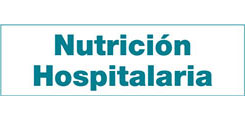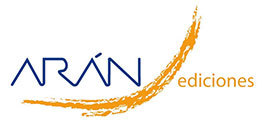Trabajo Original
Epidemiology of home enteral nutrition: an approximation to reality
Rocío Villar Taibo, Miguel Ángel Martinez Olmos, Diego Bellido Guerrero, Alfonso Vidal-Casariego, Roberto Peinó García, Aurelio Martís Sueiro, Vanessa Ríos Barreiro, Pilar Cao Sánchez, Reyes Durán Martínez, María José Rodríguez Iglesias, Brígida Rodríguez Blanco, Juan Rojo Valdés
 Número de descargas:
7077
Número de descargas:
7077
 Número de visitas:
10316
Número de visitas:
10316
 Citas:
6
Citas:
6
Compártelo:
Introduction: home enteral nutrition (HEN) has undergone an important development; however, there is a notable lack of information with regard to its incidence and characteristics.Objectives: our aim was to assess the state of HEN in our area.Methods: an observational, prospective study, involving all patients who had initiated HEN in the Nutrition Unit during a year. Epidemiological, functional, and nutritional evolution of the patients was described and incidence of HEN was calculated.Results: HEN incidences totalled 229/100,000 inhabitants/year. The HEN population in our area was characterized by the aged and a high frequency of comorbidity and functional limitations. Neurological and oncological diseases accounted for 50% of indications. The remaining cases were malnourished patients who had received short periods of HEN after hospitalization or a hip fracture. Oral supplements (60%) with standard and hypercaloric formulas were used the most. At baseline, 75% of the patients suffered from malnutrition. During the follow-up, patients showed weight gain (1.6%), an increase in the percentage of normal weight and overweight (from 74% to 82.7%, p = 0.001) and a reduction in pressure ulcers (15.7% vs10.3%, p < 0.001). The median duration of HEN was 8.5 months. Only a quarter of the patients experienced complications (mostly mild gastrointestinal complications); 43.1% had died at the end of the follow-up.Conclusions: in our area, the HEN incidence was much higher than those described in the literature. HEN appears to be a safe therapy with few complications that improves the nutritional status of the patients, even with short periods of administration.
Palabras Clave:
Artículos más populares
Revisión: Inteligencia artificial generativa ChatGPT en nutrición clínica: avances y desafíos
ChatGPT y otras herramientas de inteligencia artif...
Revisión: Suplementación con micronutrientes y sus beneficios: ¿por qué y cuándo?
Introducción: los micronutrientes participan en la...
-
Licencia creative commons: Open Access bajo la licencia Creative Commons 4.0 CC BY-NC-SA
https://creativecommons.org/licenses/by-nc-sa/4.0/legalcode




